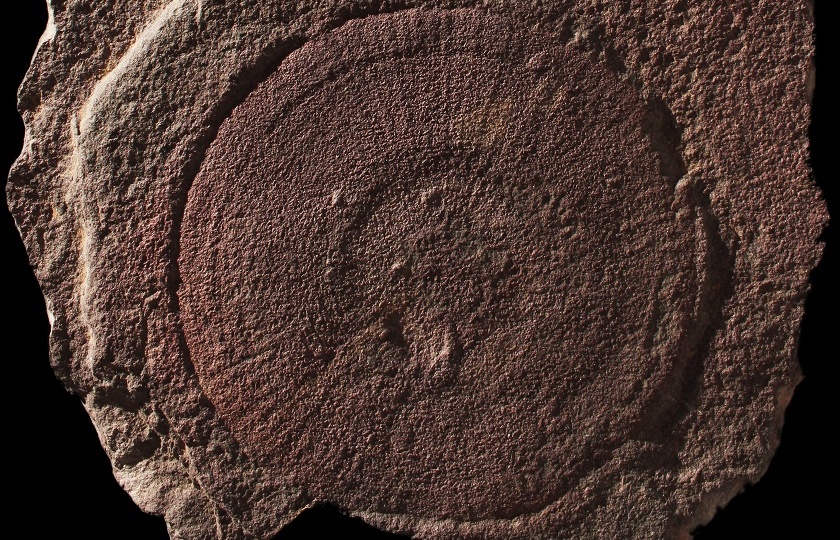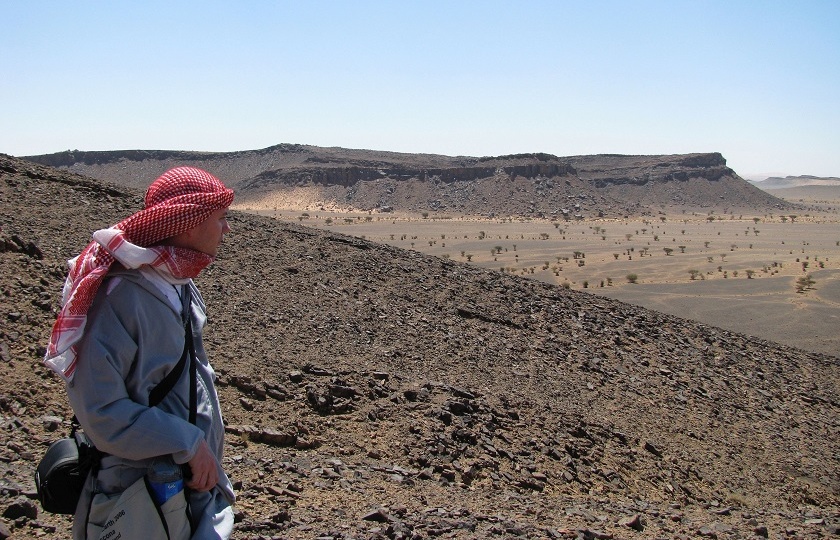
MIC lecturer publishes new research shedding light on Darwin’s Dilemma
Solving Darwin’s Dilemma: the mystery of when animals first appeared on earth
Animals may have existed on earth for hundreds of millions of years before they first appear in the fossil record, according to new research from MIC lecturer Dr Breandán MacGabhann, which has just been published in the journal, Palaeogeography, Palaeoclimatology, Palaeoecology.
Dr Breandán MacGabhann, lecturer in the Department of Geography at Mary Immaculate College, who coincidentally shares his birthday with Charles Darwin, conducted the research for his PhD degree at NUI Galway along with a team of scientists from the School of Natural Sciences at NUI Galway.
The international study has shed light on a significant question which perplexed Charles Darwin over a century and a half ago. In his masterpiece, Origin of Species, Darwin had great difficulty in explaining the apparently sudden appearance of many different types of complex animals around half a billion years ago. This observation was based on evidence from the fossil record, but did not fit with his proposal that animals had slowly and gradually evolved from much simpler ancestors over a very long period of time. Darwin could only suggest that, for reasons then unclear to him, the earliest record of animal life on Earth was not represented in the fossil record. This conundrum would later be dubbed ‘Darwin’s dilemma’.
The research team has shown clearly for the first time that the earliest and most primitive animals to appear on Earth would not have had body tissues capable of becoming fossilised - even in situations where exceptionally well-preserved soft-bodied fossils are known to have formed. The oldest known fossils of animals thus do not represent the oldest animals.
According to Dr MacGabhann: “For most of the fossil record we find shells and skeletons, but little evidence of the soft-bodied animals like jellyfish and worms that actually make up the majority of marine animal life. The oldest animal fossils are just impressions left behind by soft-bodied creatures on the seafloor, from long before the time when animals first developed the ability to make shells. We have never known how well these fossils represent these very early animal communities, largely because these creatures were quite different from modern animals, but also due to the fact that we didn’t understand precisely how they came to be preserved as fossils.”

The team investigated fossils of bizarre disc-shaped creatures called ‘eldonids’, which were collected from the edge of the Sahara Desert in Morocco. Their anatomy and preservation was carefully examined in NUI Galway, and also in labs in the USA - work which included using cutting-edge geochemical techniques to reveal precisely how different parts of these unusual soft-bodied animals had become fossilised.
Dr MacGabhann continued: “As soon as we saw these fossils from the Sahara Desert, it was a bit of a ‘eureka’ moment - we immediately realised that, for the first time, we had known animals preserved in precisely the same way as most of the oldest animal fossils. We shipped over a tonne of fossil-bearing rocks from Morocco back to Ireland, and the entire team spent huge amounts of time working on this material in the lab. We used concepts and techniques from soil science, microbiology, and environmental science to demonstrate that these types of fossils only record and preserve the specific parts of the animal’s bodies which were originally made out of quite complex tissues like chitin and collagen. These body materials are not really present in most primitive animals, like sponges, jellyfish, and sea anemones, which of course would have been amongst the first animals to evolve.”
Dr John Murray from Earth and Ocean Sciences at NUI Galway, who supervised the research project, said: “These findings confirm a suspicion that scientists have long held, but which they had struggled to conclusively prove - namely that the earliest animal ancestors most likely evolved during a protracted and cryptic time interval, long before more advanced creatures began to become preserved as fossils. Our work provides the extra time which Charles Darwin needed to account for the early stages of the evolution of animals and it solves a seemingly intractable problem which greatly troubled him when he was writing arguably one of the most important books in science.”
To read the full study in Palaeogeography, Palaeoclimatology, Palaeoecology, click here.



